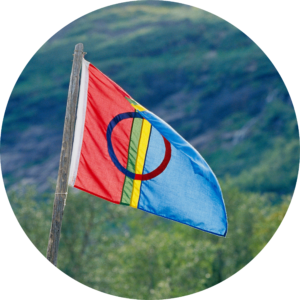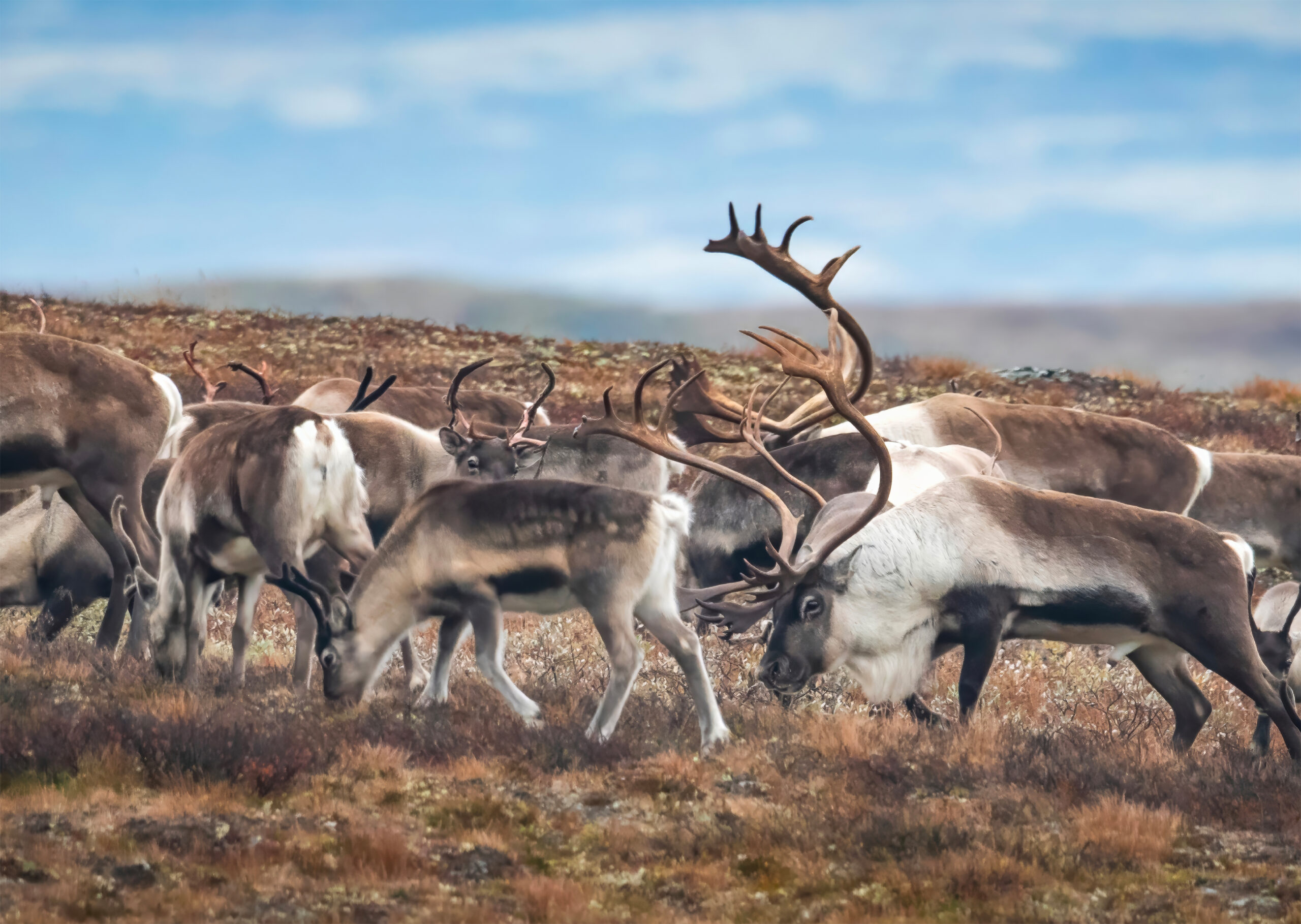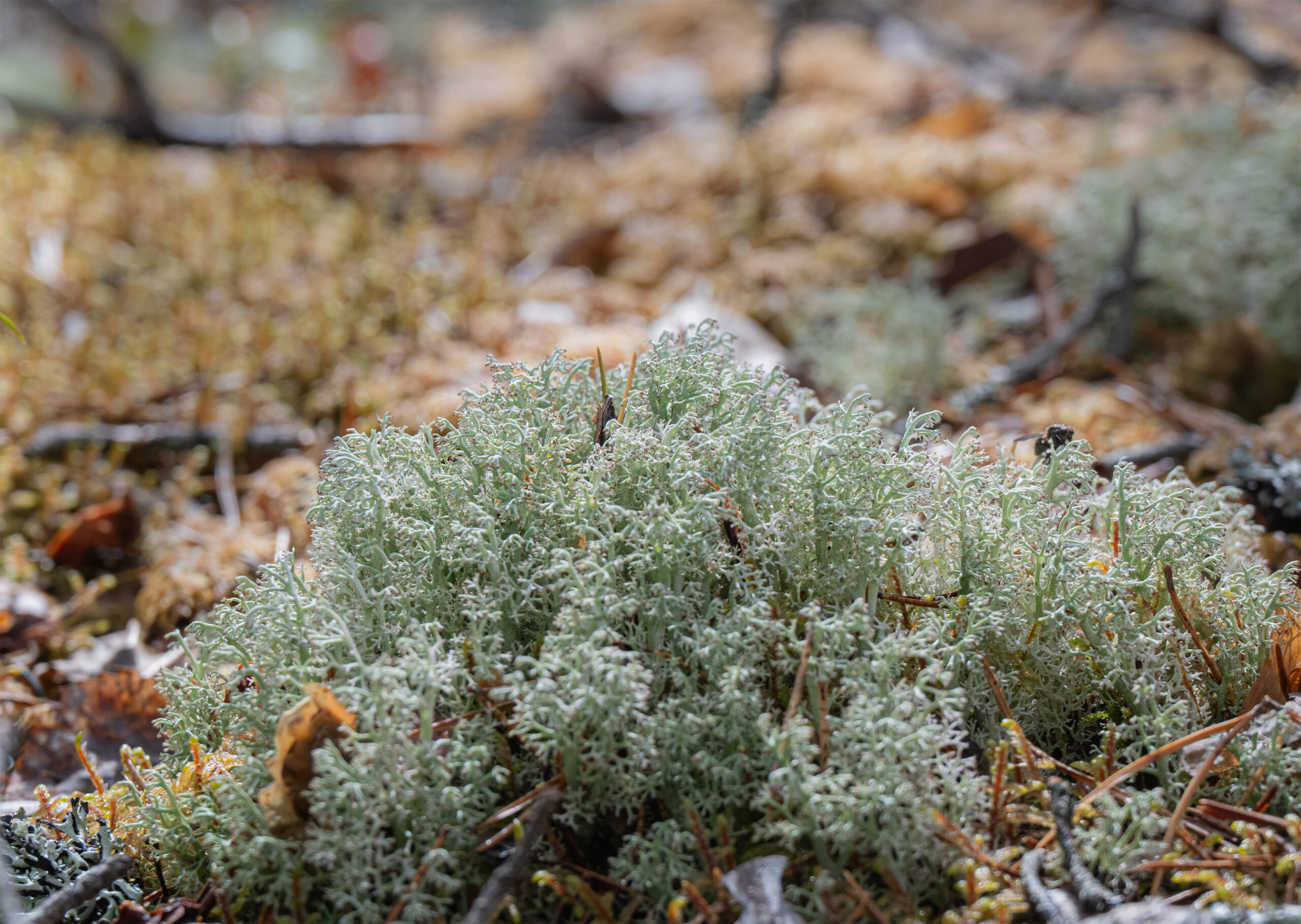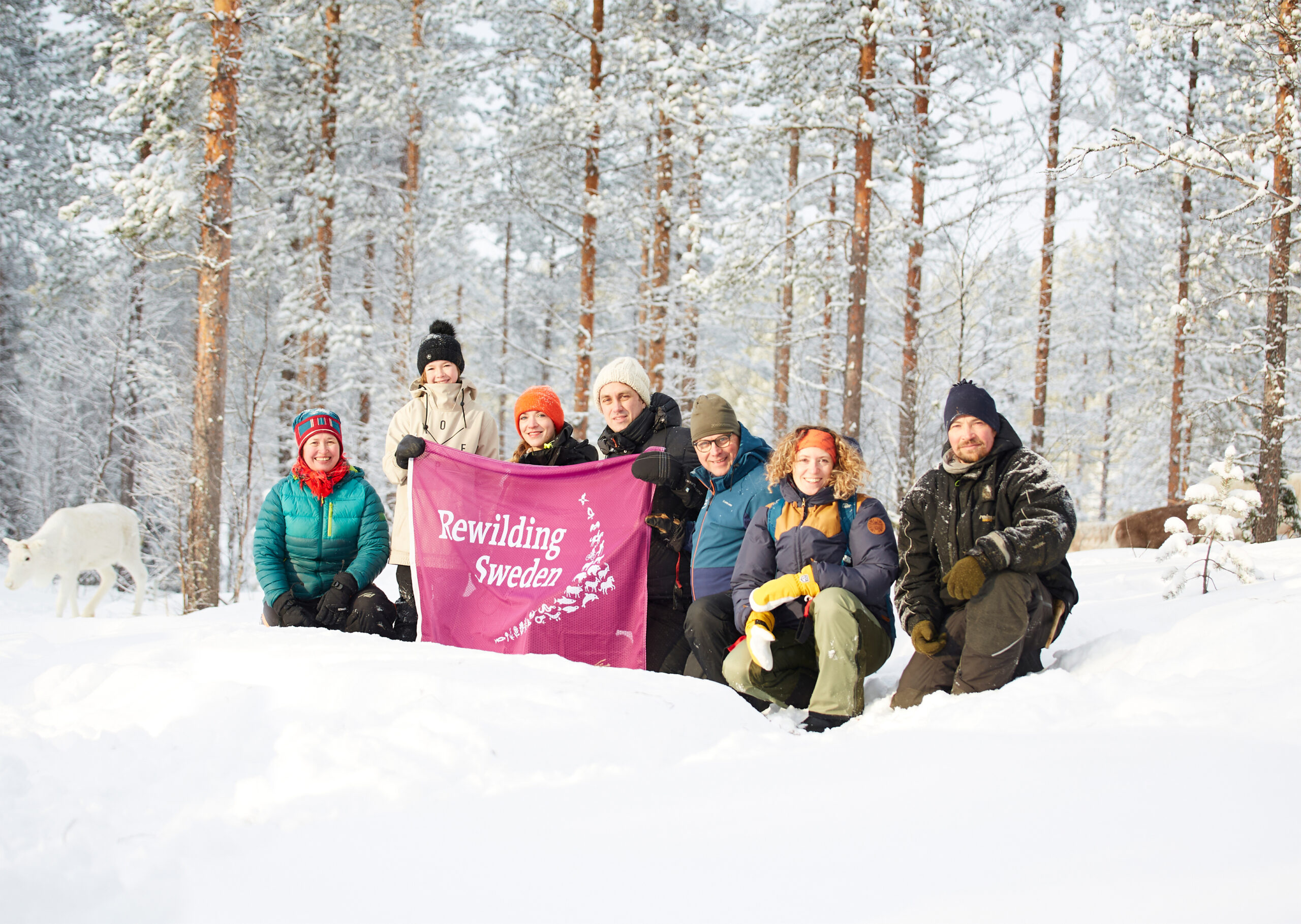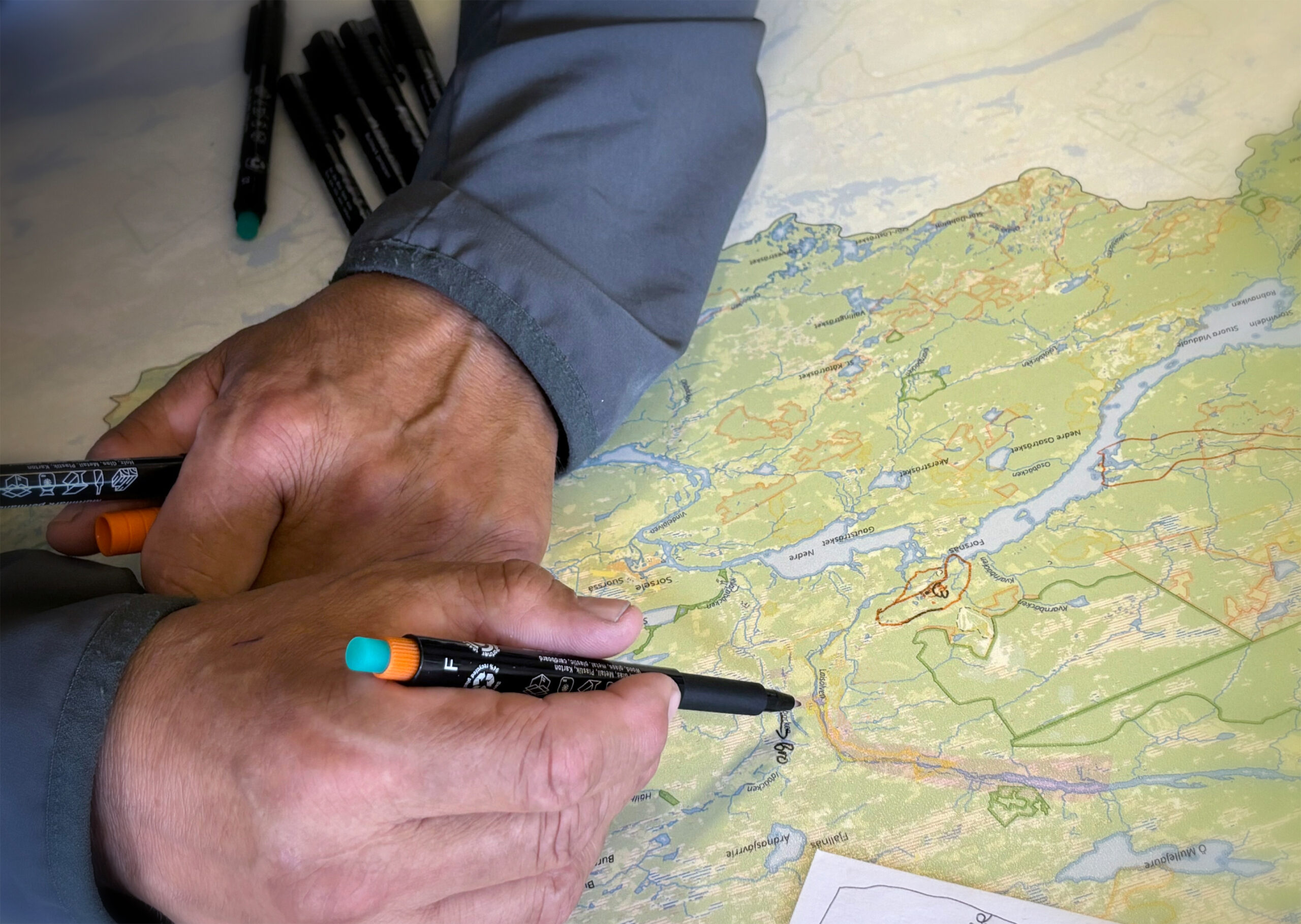A people in harmony with nature
The native Sámi of northern Scandinavia and the Russian Kola Peninsula have lived in harmony with nature for centuries. Their age-old, semi-nomadic lifestyle based on reindeer herding, fishing, hunting, and gathering attunes to the cycle and rhythm of northern seasons. Strong reliance on nature has fostered an awareness of sustainable living. The Sámi is known for harvesting just what they need from nature, leaving space for future generations. Their knowledge, acquired over several generations, includes precise observations of native fauna, flora, and climate patterns. Rotational grazing avoid overuse and maintain biodiversity. Sámi culture is also rich in nature spirit and tradition which respect interdependence and inherent value of all things in the natural world, ranging from mountains and river to forest.
Working closely with the Sámi people of the Nordic Taiga, Rewilding Sweden looks to tap this valuable information in its mission to rewild.
